Optimal Timing for Asphalt Sealings
Understanding the optimal timing for asphalt sealings can extend the lifespan of pavement and improve its appearance. Proper scheduling ensures that sealings are applied when the weather conditions are most favorable, enhancing adhesion and durability.
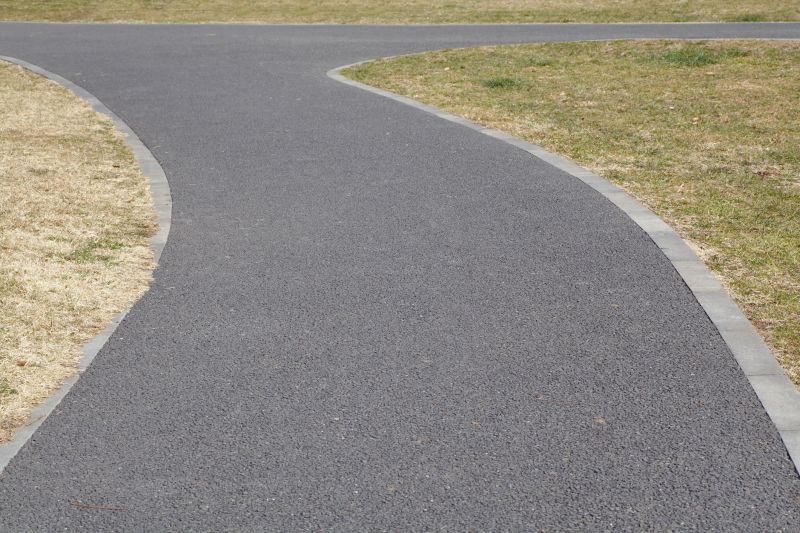
Ways to make Asphalt Sealings work in tight or awkward layouts.
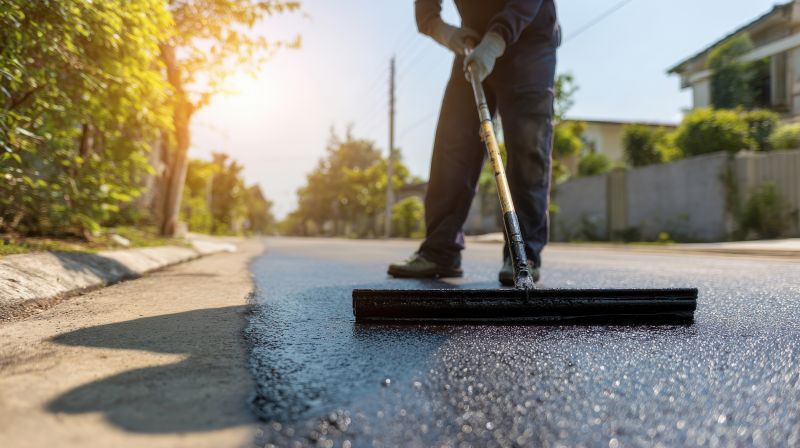
Popular materials for Asphalt Sealings and why they hold up over time.
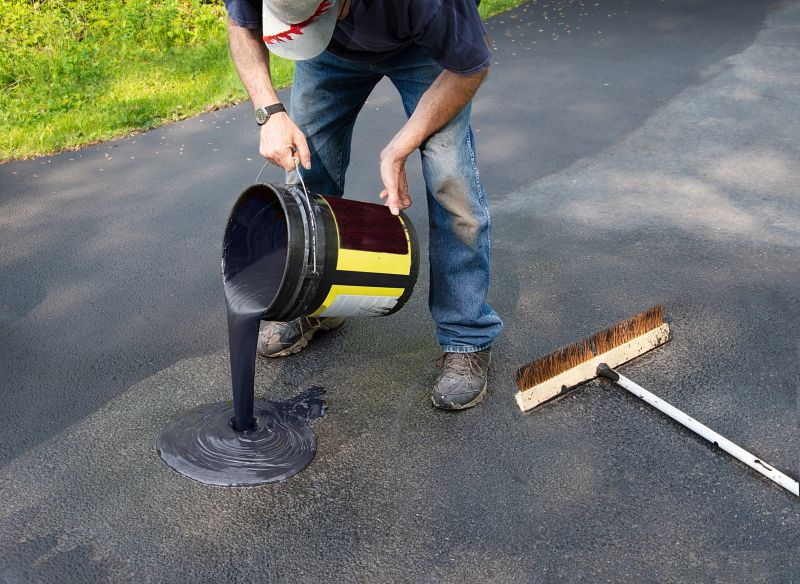
Simple add-ons that improve Asphalt Sealings without blowing the budget.
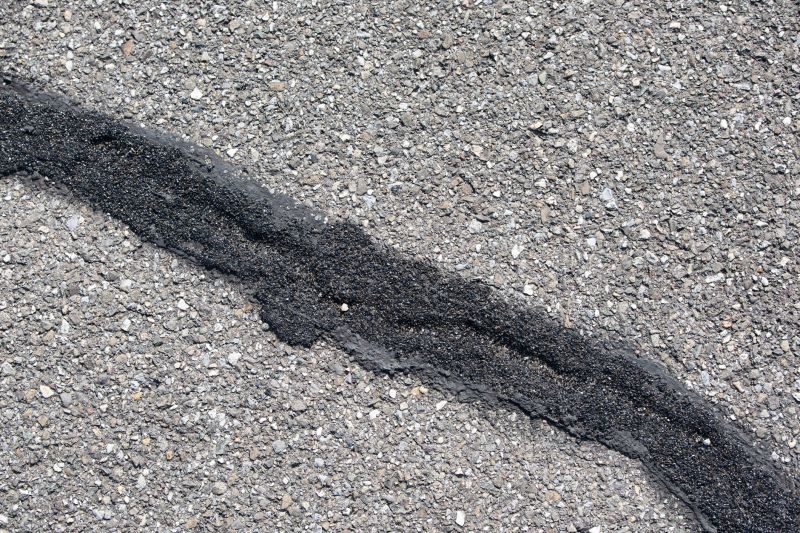
High-end options that actually feel worth it for Asphalt Sealings.

Finishes and colors that play nicely with Asphalt Sealings.
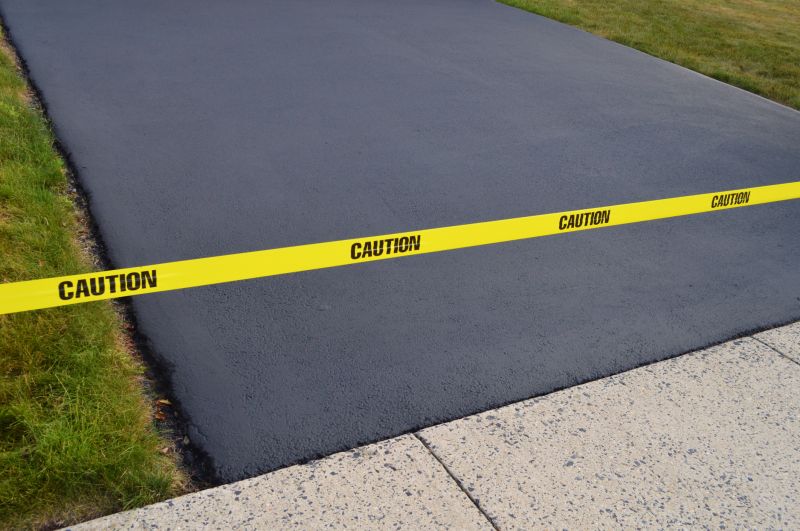
Little measurements that prevent headaches on Asphalt Sealings day.
| Season | Ideal Conditions |
|---|---|
| Spring | Temperatures between 50-70°F, dry weather |
| Summer | Temperatures between 70-85°F, low humidity |
| Fall | Temperatures between 50-70°F, dry and stable weather |
| Winter | Not recommended due to cold and moisture |
Asphalt sealings serve as a protective layer that shields pavement from water penetration, UV damage, and oxidation. Regular sealings help prevent cracks, potholes, and surface deterioration, which can lead to costly repairs. Studies indicate that properly timed sealings can extend pavement life by up to 50%, making them a cost-effective maintenance measure.
The best time for asphalt sealings depends largely on weather conditions. Applying sealings during periods of warm, dry weather ensures optimal curing and adhesion. Avoiding sealings during wet or freezing conditions prevents surface damage and ineffective sealing, preserving the pavement's integrity.
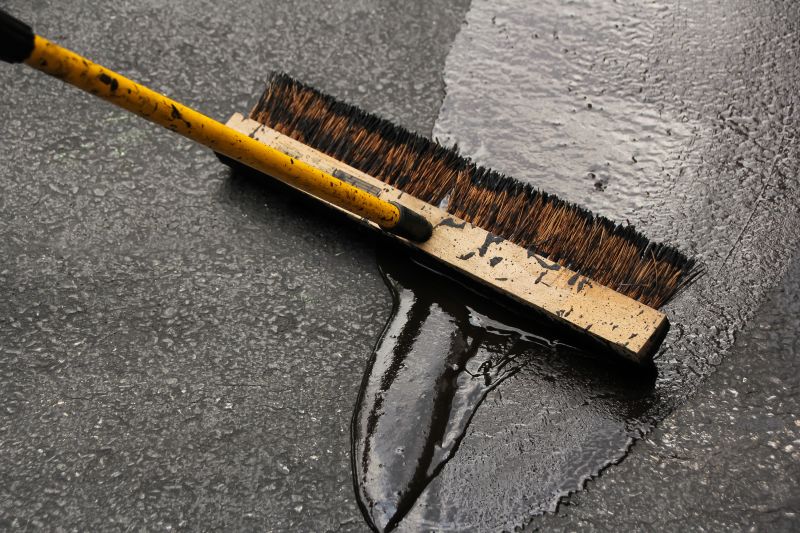
A 60-second routine that keeps Asphalt Sealings looking new.
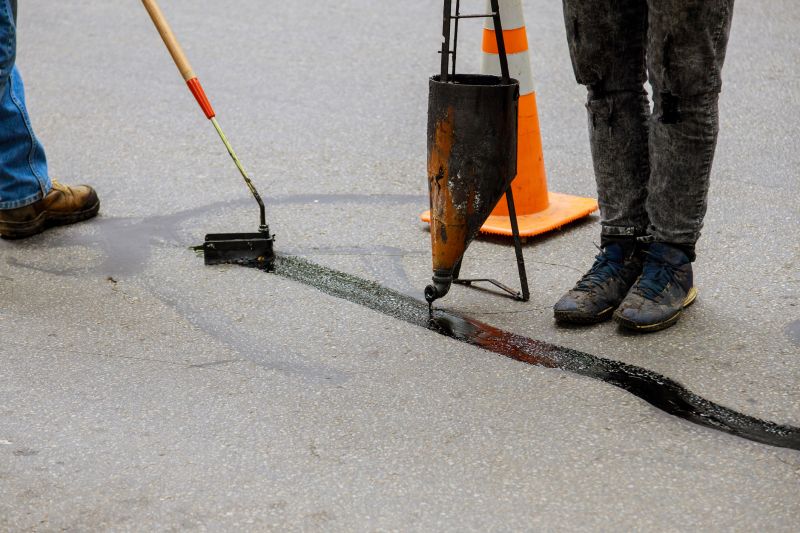
A frequent mistake in Asphalt Sealings and how to dodge it.
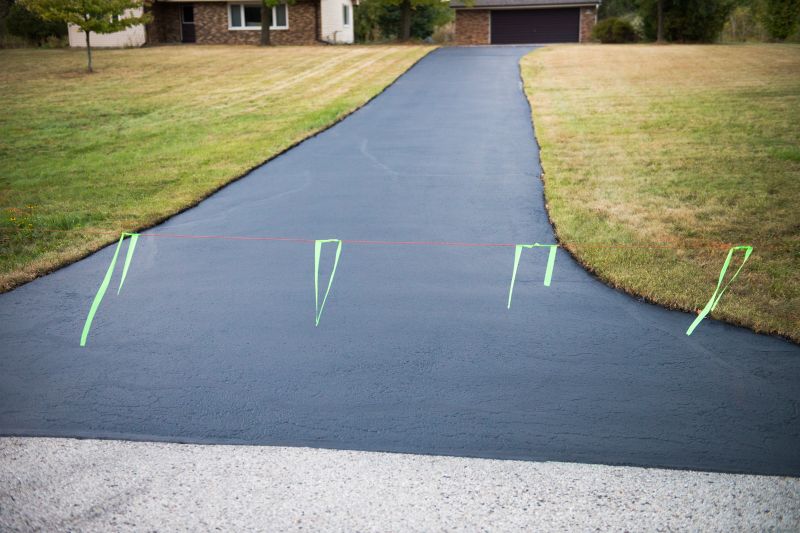
Small tweaks to make Asphalt Sealings safer and easier to use.

Lower-waste or water-saving choices for Asphalt Sealings.
Typically every 2-3 years, depending on traffic and weather conditions.
It is not recommended due to low temperatures and moisture, which hinder proper curing.
Warm, dry days with temperatures between 50-85°F are ideal for application.
Curing generally takes 24-48 hours, depending on weather conditions.
